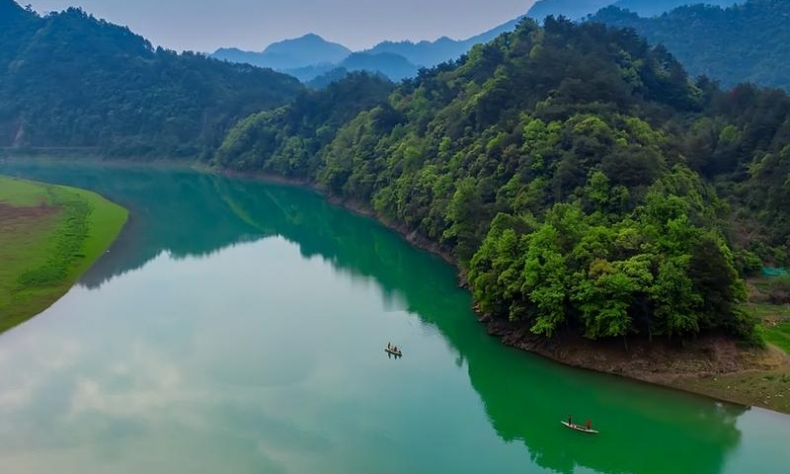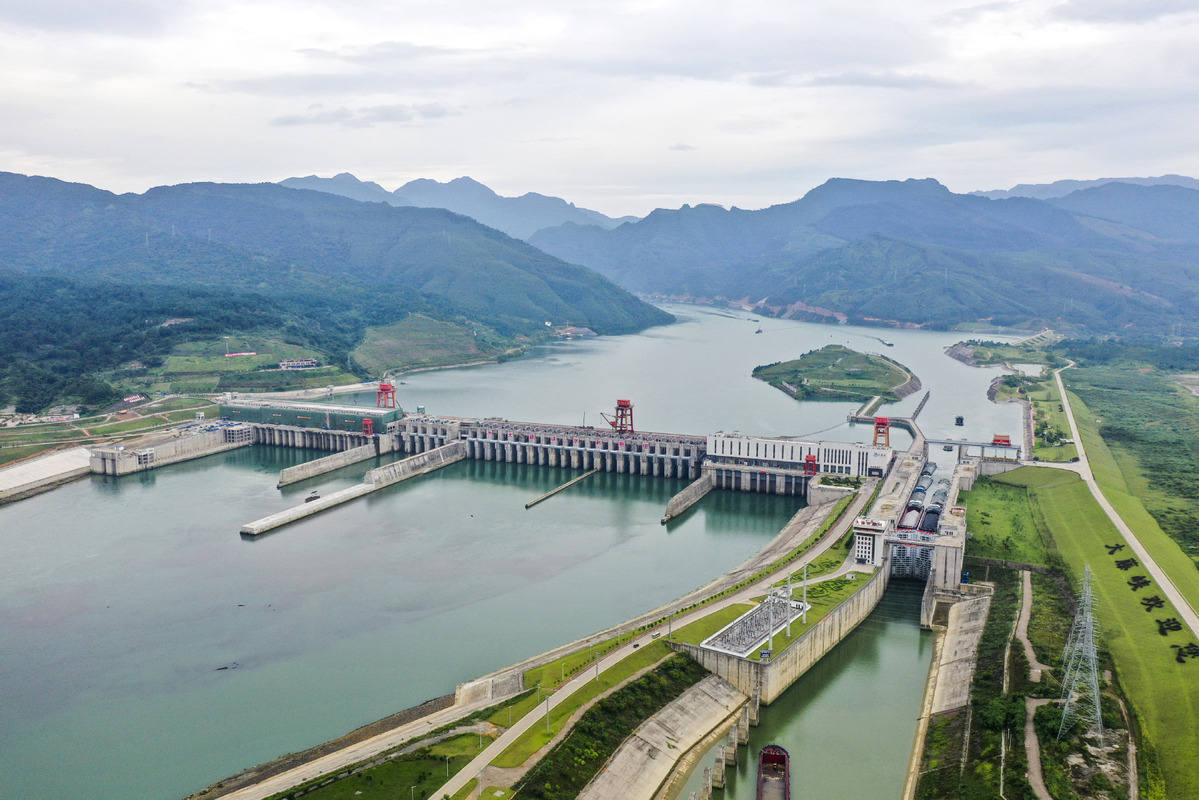Rising Waters, Rising Solutions

As climate change amplifies flood risks worldwide, China’s holistic approach, blending engineering solutions with ecological restoration and cultural preservation, offers valuable insights for the international community’s shared challenge of sustainable water management.
The growing frequency of devastating floods, from China’s Hunan and Guizhou provinces to distant Texas in the United States, has sounded a global wake-up call for more effective river protection and governance systems. These disasters have laid bare the urgent need to not just rebuild damaged infrastructure, but to fundamentally reimagine our approach to water management.
In response to these challenges, China has taken a decisive step forward by introducing sweeping new guidelines that establish a comprehensive, strategic framework for river management. This is an important evolution in the nation’s water governance approach, reinforcing China’s long-term river strategy.
Looking ahead to 2035, the latest guidelines, titled Opinions on Advancing River Protection and Governance in All Respects, chart an ambitious course toward modernized flood control capabilities and disaster prevention systems that will span entire river basins. Beyond physical infrastructure, the vision encompasses dramatic improvements in water conservation and utilization efficiency, ecological restoration of rivers and lakes, and the revitalization of water culture traditions. At its core, this initiative seeks to cultivate a sustainable, mutually beneficial relationship between communities and waterways—one where rivers continue to nourish populations while people serve as conscientious stewards of these vital resources.
To translate this vision into reality, the guidelines outline concrete actions across six areas: ensuring the safety of rivers and lakes through reinforced infrastructure; promoting responsible water use through conservation technologies; protecting and restoring aquatic ecosystems; improving overall water quality; preserving and promoting water-related cultural heritage; and innovating governance mechanisms to better coordinate these efforts.

As climate change amplifies flood risks worldwide, China’s holistic approach, blending engineering solutions with ecological restoration and cultural preservation, offers valuable insights for the international community’s shared challenge of sustainable water management.
From a global perspective, riverside areas have always been the lifeblood of human civilization, serving as natural hubs for dense populations and thriving economies. China vividly illustrates this pattern, where the fertile basins of the Yangtze and Yellow rivers, along with other major waterways, form the very backbone of the nation’s economic geography.
Recognizing this fundamental relationship, China’s national river strategy is now taking this connection to the next level by fundamentally reimagining how watersheds can drive development. The strategy creates an innovative framework where the river itself becomes the organizing principle for growth. This approach systematically coordinates development between upstream and downstream regions while harmonizing progress across both banks.
In addition, strict environmental protection requirements will accelerate the industrial transformation and upgrading within the basins, eliminate outdated production capacity and develop green and low-carbon emerging industries. The aim is to increase the added value and competitiveness of industries, cultivating new economic growth engines and promoting the transformation of the economy toward high-quality development.
Flood control is one of the key focuses of the national river strategy. Reasonable planning and allocation of river water resources, strengthening of water management infrastructure, and improvement of water resource utilization efficiency and water supply capability can better meet daily life, production and ecological protection needs, providing solid support for sustainable economic and social development.
By strengthening the construction of flood control projects for rivers and improving monitoring and early warning systems, China can enhance its flood prevention and disaster reduction capabilities, effectively preventing and mitigating the impact of flood and drought disasters on people’s lives and properties, as well as ensuring national water security.
 Facebook
Facebook
 Twitter
Twitter
 Linkedin
Linkedin
 Google +
Google +










